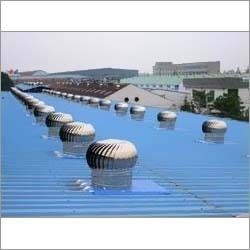
Roof Ventilator
Product Details:
- Material Aluminum
- Type Industrial
- Voltage 220 Volt (v)
- Installation Type Central
- Usage Restaurant Factory Office Warehouses
- Function Ventilation
- Click to View more
Roof Ventilator Price And Quantity
- 3 Piece
- 3500 INR
Roof Ventilator Product Specifications
- Ventilation
- 220 Volt (v)
- Industrial
- Central
- Aluminum
- Restaurant Factory Office Warehouses
Roof Ventilator Trade Information
- Cash Advance (CA) Cash in Advance (CID) Cheque
- 1000 Piece Per Month
- 1 Week
- Yes
- Sample costs shipping and taxes has to be paid by the buyer
- Carton Box and Plastic Packing.
- All India
Product Description
Key characteristics and advantages of roof ventilators are listed below:
1. Roof ventilators are essential for ensuring optimum airflow in the attic or roof area when it comes to ventilation. They permit hot air, moisture, and odours to leave the structure, limiting the buildup of heat and lowering the possibility of moisture-related problems like mould and decay.
2. Temperature Control: Roof ventilators aid in temperature control by enabling the discharge of hot air that has been trapped in the attic. As a result, cooling systems may not have to work as hard, saving energy and enhancing comfort.
3. Moisture Control: Proper ventilation from roof vents reduces the buildup of moisture in the attic. As a result, condensation and potential harm to insulation, wood structures, and roofing materials are avoided. It also allows humid air to escape.
4. Energy Efficiency: Roof ventilators can help with increased energy efficiency by minimising heat buildup in the attic. They assist in lessening the load on air conditioning systems by reducing the temperature difference between the attic and the living area, which lowers energy consumption and costs.
5. Roof ventilators make it easier for stale indoor air to be replaced with fresh external air, improving air quality. This improves indoor air quality and creates a healthier living or working environment by removing pollutants, allergies, and odours from the building.
6. There are a variety of roof ventilator kinds to choose from, based on the particular requirements and tastes. Hot air can naturally escape through ridge vents that are built along the ridge line of the roof. While powered vents employ electric motors to actively expel air from the attic, static vents are fixed apertures created to allow air to circulate.
7. Durability and Weather Resistance: Roof ventilators are often constructed of sturdy materials like aluminium, galvanised steel, or plastic that are engineered to survive exposure to a variety of weather conditions. They are designed to be weatherproof and require little upkeep.
It's important to remember that various elements, like the size of the building, the location and quantity of vents, and regional climate conditions, might affect how effective roof ventilators are. The best type and configuration of roof ventilators can be determined by consulting with a roofing expert or ventilation specialist.
Special Features
- High-efficiency ventilation
- High sensitivity and no noise
- Eco-friendly and energy-saving
- Easy and fast installation
Specification
|
Material |
Aluminium |
|
Automatic Grade |
Automatic |
|
Height |
Upto 19 Inch |
|
Driven Type |
Electric |
|
Air Volume |
3000-8000 m3/h |
|
Speed |
4 m/s |
|
Brand |
SFC |

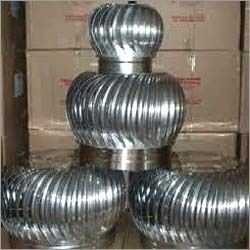
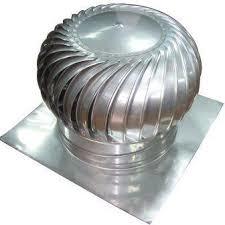
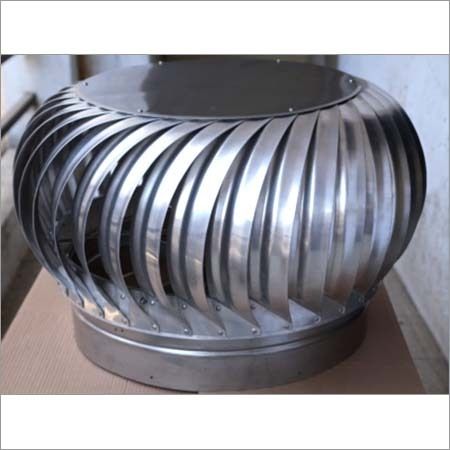
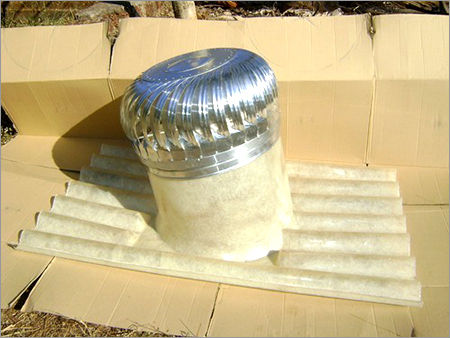
 Call Me Free
Call Me Free